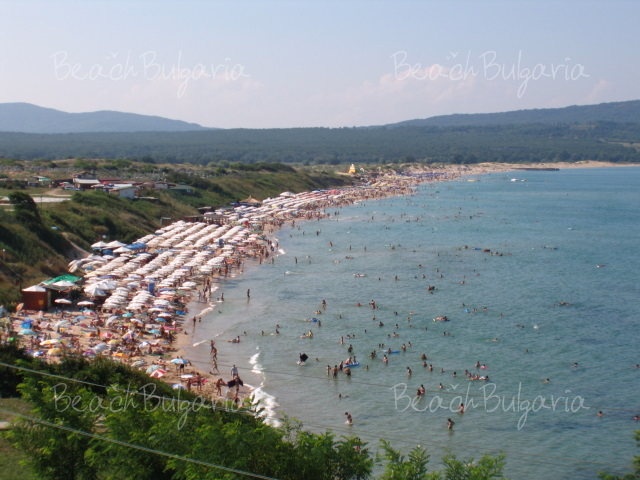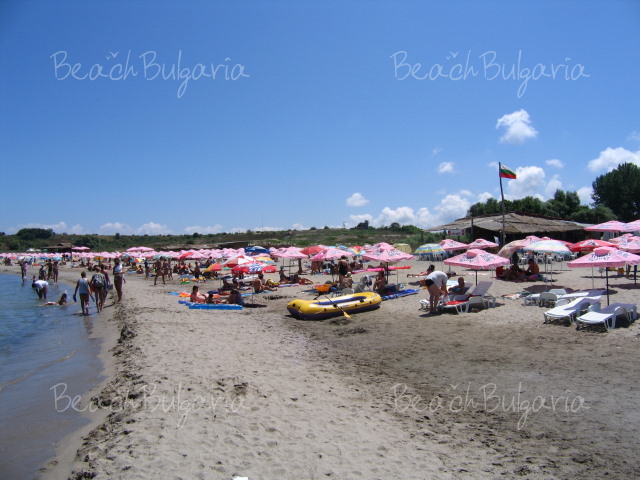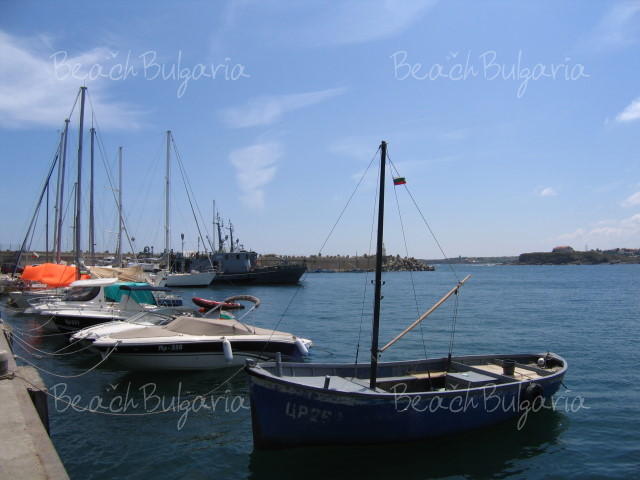Strandja Mountain Black Sea Coast
Strandja mountain spreads in close proximity to the wonderful beaches of the Black Sea coast in Southeasternmost Bulgaria, one of the few corners of this country have not been overwhelmed by large-scale tourism. This sea of mild hills splashed in all possible shades of green has preserved a large number of old small villages, attracting of late the fans of wild nature. Very close to the bustling international resorts along the coast visitors can plunge into a totally different world. It is wrapped in a fairy-tale silence broken only by the song of birds and the play of the wind in the branches of the oak woods. The “Silikosia” nature reserve in the mountain is the place where a unique local type of rhododendron can be found, which local people have called “zelenika”. They have even dedicated a special springtime feast to the tender plant. An attractive point in the Stranja Mountain is the Bulgari village. It is the cradle of fire-dancing traditions in this country, an ancient pagan ritual consisting of dancing barefoot on live ambers, which visitors to that place find extremely interesting. “This ritual stirs great interest,” said for Radio Bulgaria Tsarevo Mayor Petko Arnaudov. A growing number of tourists visit the village of Bulgari on June 3, the Day of Orthodox Saints Konstantin and Helena. On that day part of the village square is covered with live ambers and the “nestinari”, as fire-dancers are called in Bulgarian, perform a ritual dance on it, holding up in their hands an icon of the saints. This year we had about 5000 guests on that day. Some of the seaside resorts organize similar performances to show their foreign guests.” According to Petko Arnaudov, Tsarevo municipality is makes serious efforts for developing alternative tourism on the territory of Stranja. Gathering wild herbs and mushrooms, photography trips to the remotest parts of the mountain, trips on horseback along the mountain ridges and bicycle tourism are some of the offers of this corner of paradise. In recent years the region has been attracting guests interested in rural tourism. The places for that are the villages of Brodilovo, Bulgari, Brashlyan and Stoilovo, offering guest houses specially equipped for the purpose. Following the woodland paths in the region one can reach several remains of ancient Thracian sanctuaries and ruins of medieval fortresses. An interesting site to see is the richly decorated with wall paintings church of St. Panteleimon in the village of Brodilovo. In the local pub visitors can stop over for a traditional local meal of “Stranja Kavarma” and vegetable pastry. In Stoilovo, on the other hand, you can take a site-seeing tour, riding in a donkey chart. Stranja villages are interesting with their well-preserved architecture from more than 150 years ago. The old two-storey houses spread at a distance on the mountain slopes. They are made of roughly processed stone. The upper floor is usually covered by a siding of thick oak planks. One such village is Kosti on the Veleka River. It is the southernmost river on Bulgarian territory, winding through incredibly beautiful and wild woodlands and flowing into the Black Sea near the resort village of Sinemorets. Kosti Mayor Ilia Yazov is sure that there are at least 101 ways of diversifying your vacation in that part of the country, boasting that the Veleka is literally “boiling” with fish. “At present visitors to the place show considerable interest in the jeep-safari local people organize,” Yazov further explains. “The people who enlist are mainly guests from Germany, Denmark and Sweden, staying at the near-by seaside resorts of Primorsko and Sinemorets. The expedition passes along dirt roads, leading deep into the unexplored parts of the forest. The guests stop over for lunch at our place and then return to their hotels on the beach. Those who wish to explore the vicinity further can stay at the two guest houses we have. Their keepers can take visitors around. There are beautiful places around, with curative mineral springs and small chapels. A very interesting place is the old chapel of St. Elijah surrounded by 14 centuries old Stranja oaks. There are very good conditions for rest in wild nature here, but the place is not very popular. We hope that after entering the EU, the place would become better known to foreign tourists,” the mayor of Kosti adds. By the way, foreign nationals mainly from West Europe are buying old village houses in Stranja. After refurbishing them, they use them as summer vacation houses. For example in the village of Kosti two British families have bought property and are spending the summer here. On the other hand investors from abroad are buying off large pieces of land in the vicinity of Stranja villages for the building of vacation settlements.





We will greatly appreciate this. It will help us improve the content of this website, so other people know what they can expect.